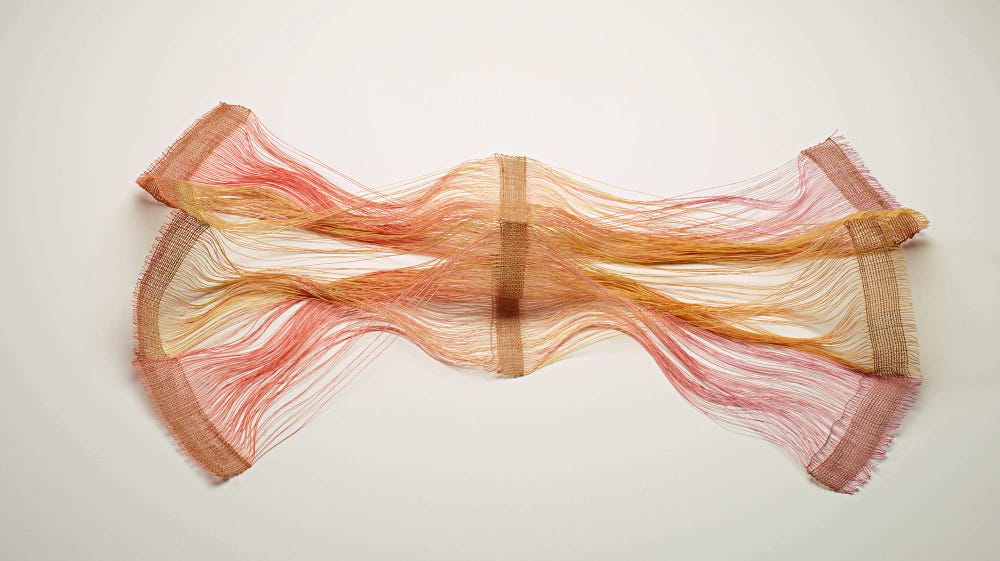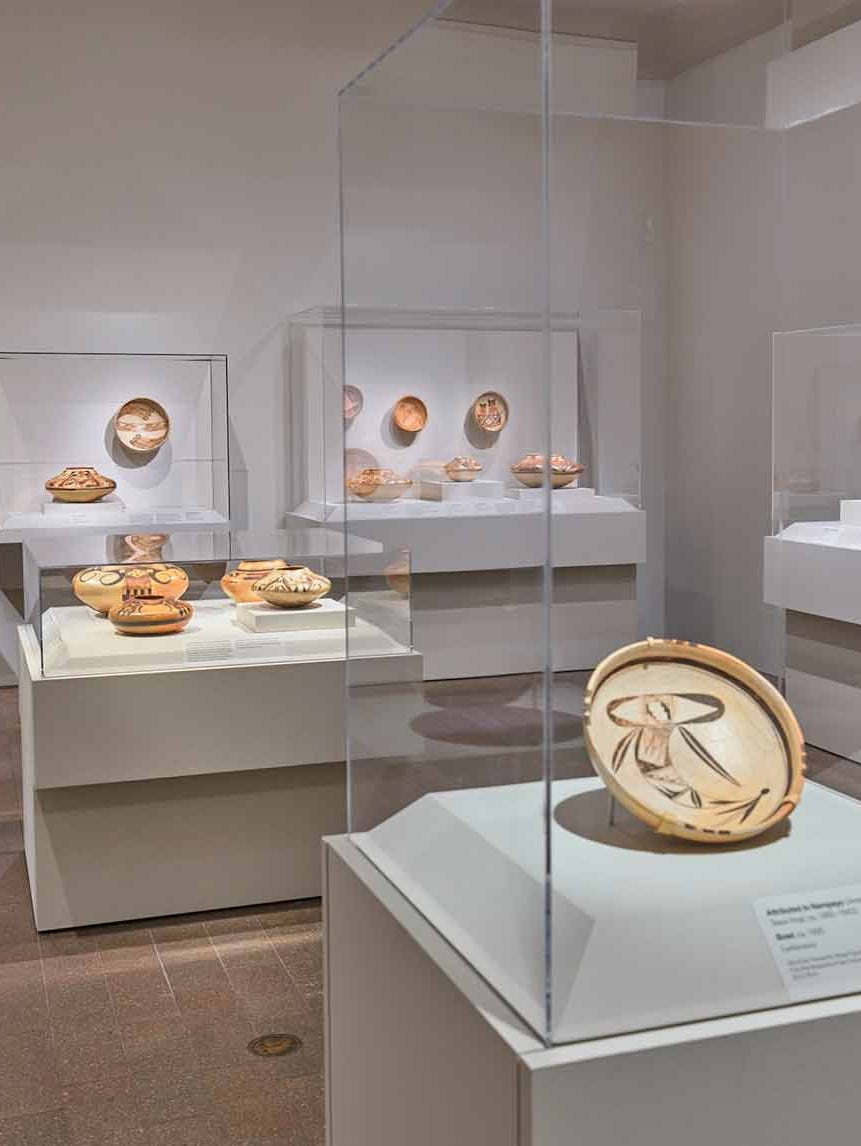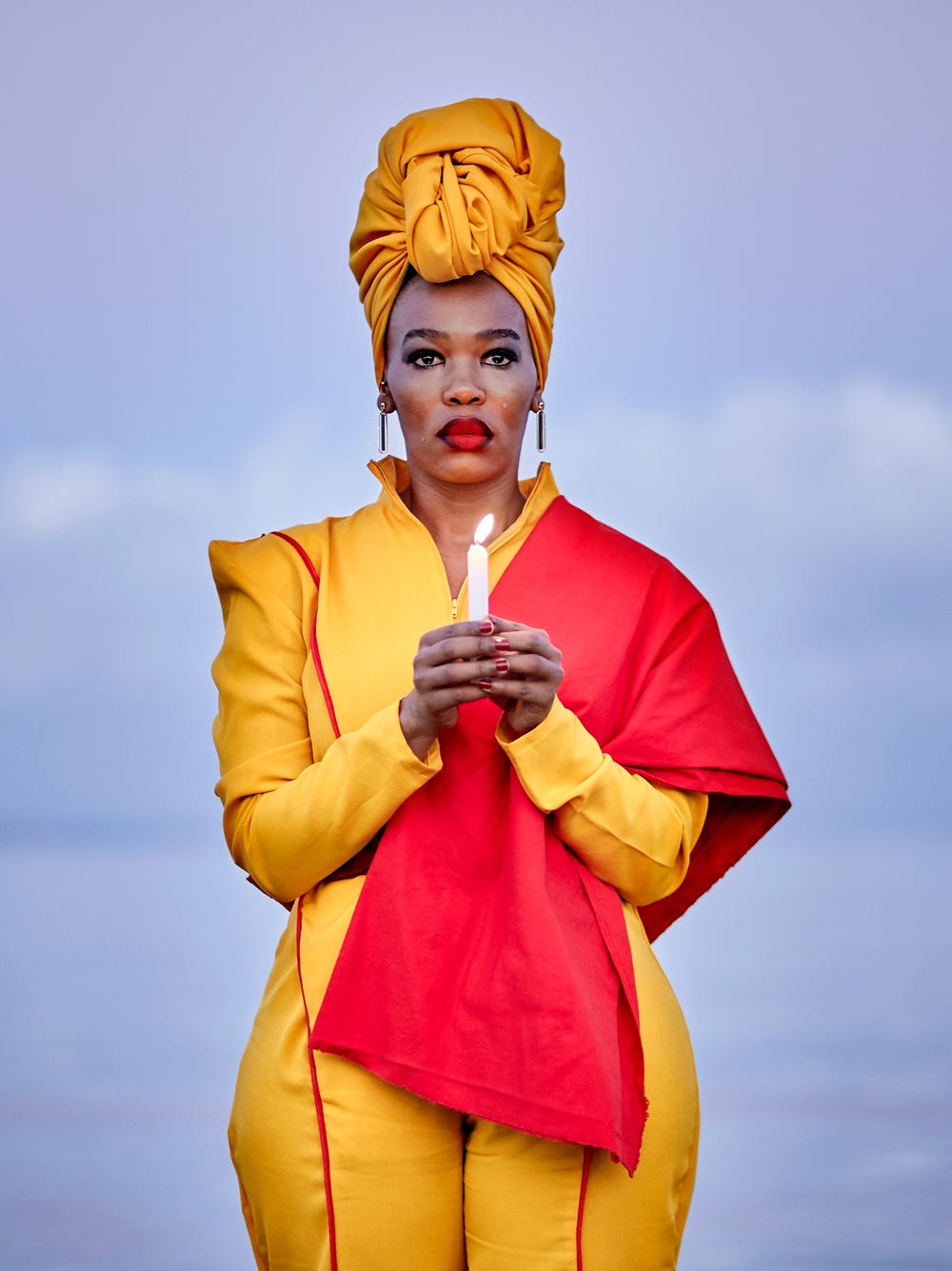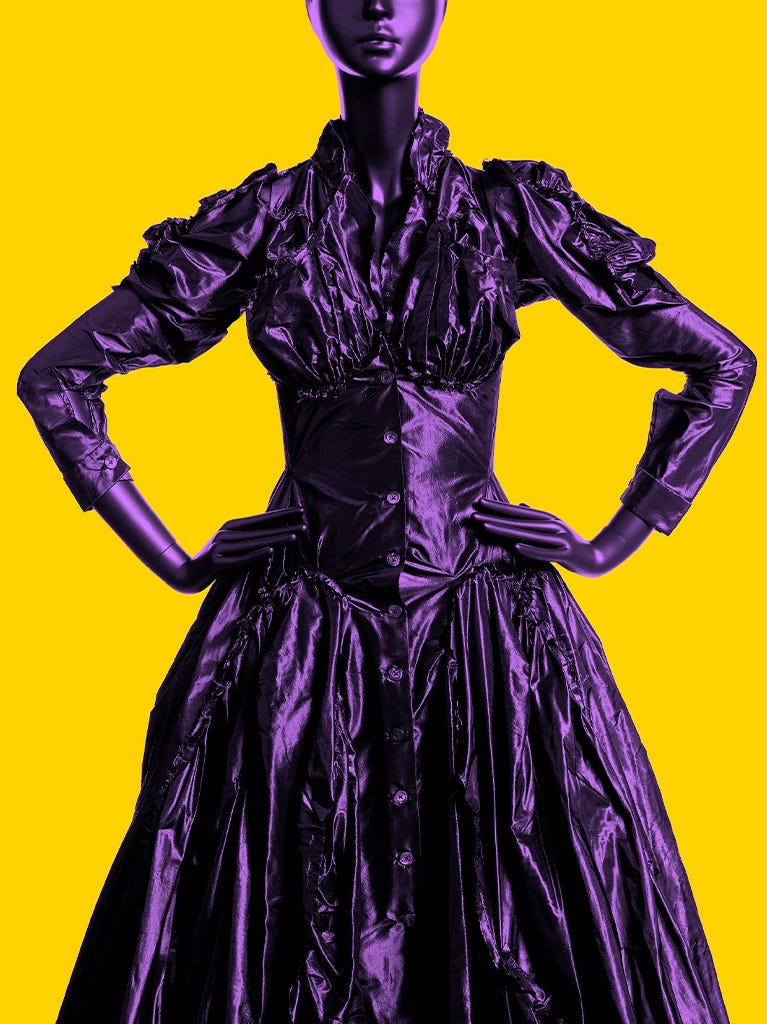Kay Sekimachi, Study for Crossed-Warp Effect, 1980s. Linen, dye; four-layer continuous-weft weave and crossed warp on an eight-harness loom, dimensions variable. Collection of the artist. Image © Fine Arts Museums of San Francisco
Kay Sekimachi: Student, Teacher, Artist
Jump to
Produced in close collaboration with San Francisco native Kay Sekimachi (b. 1926), a pioneer in the post-World War II fiber art movement, this exhibition offers a glimpse into the working processes of one of America’s most important weavers. The presentation includes a range of materials totaling over 30 artworks, from small studies to fully realized creations that trace Sekimachi’s evolution from student to artist.
During the 1960s and 1970s, the fiber art movement gave textile traditions new expression, pushing them into the realms of sculpture, installation, and performance art. Sekimachi carved out a unique place for herself during this fertile period. Sekimachi is also a life-long teacher and for the first time ever is sharing her early studies to demonstrate the links between education, discipline, and the mastery of one’s craft.
Throughout her six-decade-plus career, Sekimachi has explored the infinite possibilities of the double weave, a technique in which she used one warp to produce two-layer cloth and three-dimensional forms. In 1963, Sekimachi began experimenting with monofilament, a then-new material from DuPont Chemical; the resultant sculptures became a defining moment in her career. This exhibition showcases Katsura (1971), a seminal artwork from this series, and a recent acquisition to the Museum’s textile arts collection.



